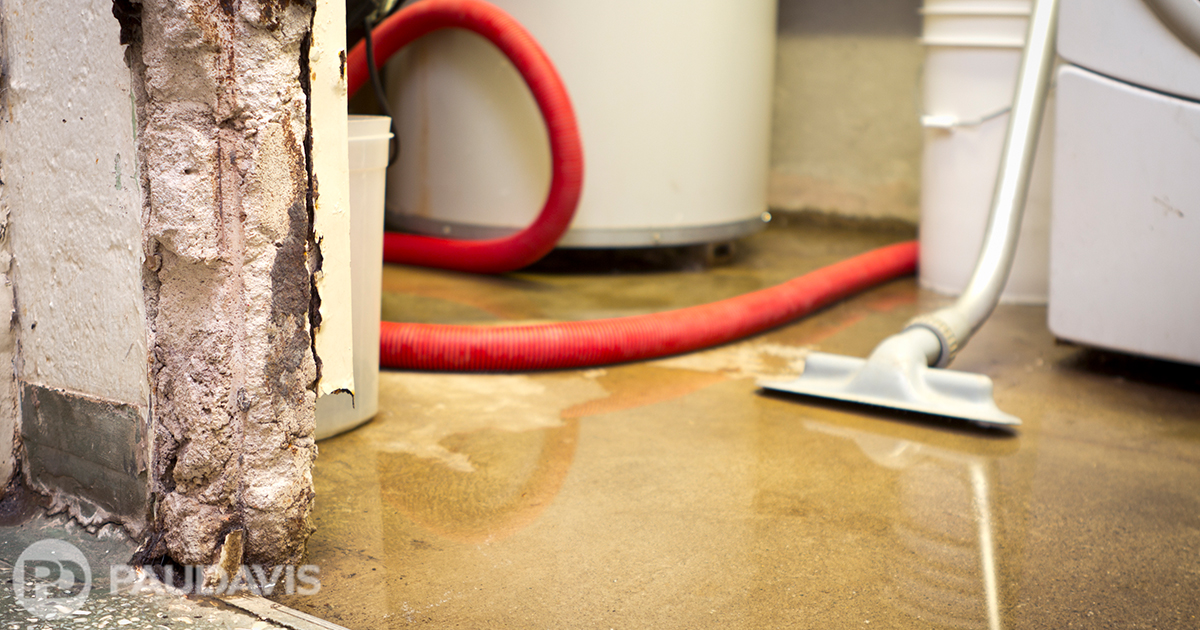
“Homeowners can’t remedy flood damage on their own because so much of it is out of sight. It’s tempting to get some tips online, mop up standing puddles, position a few box fans and call it a day, problem solved,” says Kevin Lethers, President of Paul Davis of Polk County, Florida. “But water is sneaky. It hides under flooring, inside foundations and behind walls, where it quietly moulds and slowly destroys your home.”
Restoration professionals can detect recent moisture intrusion through subtle signs that non-professionals overlook such as stain patterns, buckling, wrinkling or slight discoloration. But by the time these visual signs are present, significant damage has already taken place. Paul Davis counts on thermal imaging technology to expose moisture long before serious damage occurs.
This technology harnesses a natural law: all objects radiate varying levels of infrared energy. The hotter an area is, the most infrared energy it radiates. To expose lurking moisture, operators aim a special camera that detects infrared energy patterns and creates an electronic map of surface temperatures. Moist areas show up as cooler than dry areas.
Thermal imaging, besides producing an eye-catching picture sporting every colour of the rainbow, is a boon to restoration, property owners and insurance carriers because it:
- Is economical, automated and easy to learn
- Sets up fast and operates quickly
- Scans large areas easily
- Documents the full extent of moisture intrusion
- Accesses areas that are either unsafe or out of reach
- Helps pinpoint moisture sources
- Reduces the time between flood incident and restoration measures
Thermal imaging is such a useful technology that its talents are spreading across many industries. Ships mount it on deck to detect icebergs and find people who have fallen overboard. Firefighters save lives by scanning burning buildings to reveal the heat signatures of people trapped inside. Manufacturers monitor production lines for overheating components.
“There isn’t much that can hide from a thermal imaging camera,” Lethers concludes, noting that law enforcement and security companies track criminals and vandals through their body heat. “If there’s hidden moisture, we’ll find it.”
